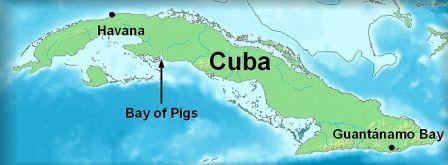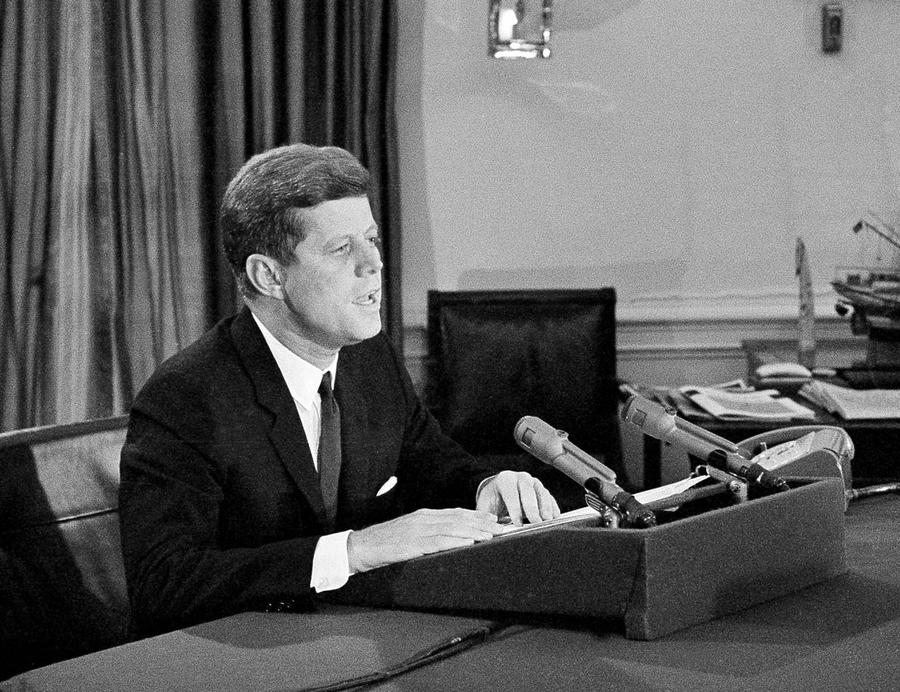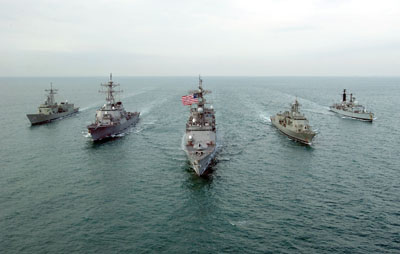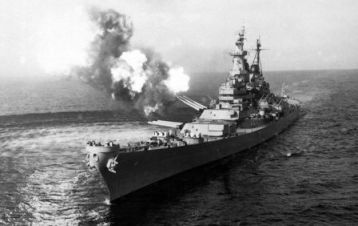 |
Watch a bio on Ronald Reagan bio. |
There was an assassination attempt while Reagan was in office.
In November 1984, Ronald Reagan was reelected in a landslide. Reagan carried 49 of the 50 U.S. states in the election, and received 525 of 538 electoral votes—the largest number ever won by an American presidential candidate.
During his second term, Reagan also forged a diplomatic relationship with the reform-minded Mikhail Gorbachev, chairman of the Soviet Union. In 1987, the Americans and Soviets signed a historic agreement to eliminate intermediate-range nuclear missiles.
That same year, Reagan spoke at Germany's Berlin Wall, a symbol of communism, and famously challenged Gorbachev to tear it down. More than two years later, Gorbachev allowed the people of Berlin to dismantle the wall, ending Soviet domination of East Germany. After leaving the White House,
Reagan returned to Germany in September 1990—just weeks before the country was officially reunified—and, with a hammer, took several symbolic swings at a remaining chunk of the wall.
Interesting Facts:
• American hostages held in Iran for more than a year were finally released on the day of Reagan’s inauguration. They were on a plane out of Iran just minutes after he was inaugurated.
• In 1980, not only did Reagan win the election but the Republicans took the majority in the Senate for the first time since 1952.
• There was an attempted assassination on Reagan in 1981. He was shot in the chest, but he fully recovered. In 1985 Reagan experienced another life-threatening battle, this time with colon cancer. He recovered rapidly again.
• His first job was as a lifeguard. He used money from that job and a partial scholarship to put himself through college. After college, he worked as a sports announcer. After that, he was a famous actor!
• Both of Reagan’s presidential election victories were landslides.
• Ronald Reagan was the first former film star to become president. He appeared in more than fifty feature films and several television shows.
• Reagan was the oldest man elected president.He was 69 at the time.
• He was the first to appoint a woman, Sandra Day O’Connor, to the Supreme Court.
• In 1994, he became the first former president to publicly announce a personal battle with Alzheimer’s disease.
Complete the worksheet on Ronald Reagan.
Comment on the blog:
What fact about Ronald Reagan did you find the most interesting?
Comment on the blog:
What fact about Ronald Reagan did you find the most interesting?

















